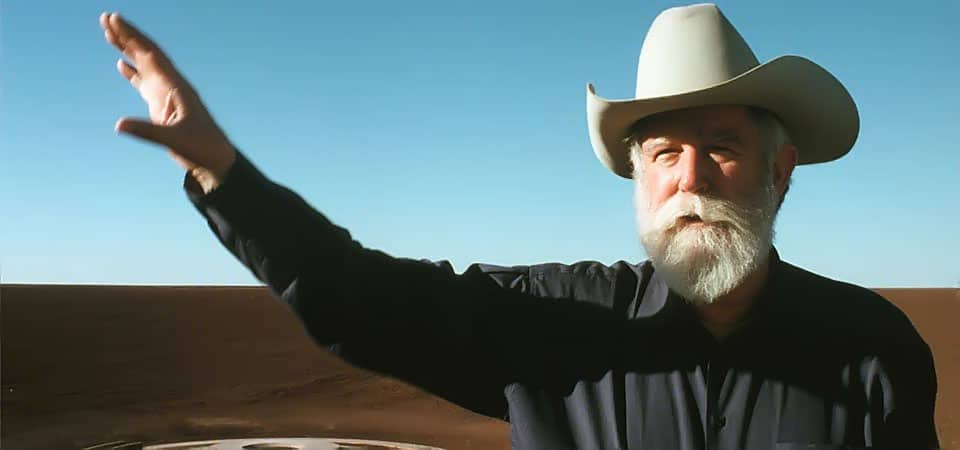James Turrell

A key figure in the Los Angeles-based Light and Space Movement. Turrell’s work is an exploration of space, light and observation. The aim of his projects is to make people focus on the act of observing. He has created outdoor installations in several countries, including the Netherlands, where his large, elliptical hollow in the dunes of Kijkduin offers a vantage point from which to contemplate the infinite blue dome of the sky.
Dutch Light includes footage shot in and around Roden Crater in the Painted Desert of Arizona. This unique project will transform the crater into a work of art through the medium of light – sunlight by day and light from the moon and stars at night. Turrell wants us to perceive light as a visible and almost tangible substance. He draws inspiration from studies published by the Dutch-Belgian astronomer Marcel Minnaert, on observation, light, colour and landscape..
Turrell argues that significant differences exist in the light in different parts of the world. The light in Holland always feels close because of the moisture in the air. He first became aware of it through photographs and newsreels of the floods that devastated Zeeland in 1953, and was immediately struck by the wide spectrum of greys. ‘It’s totally different’, he says, ‘from the sharp black-and-white photographs of Ansell Adams, and different too from the light in the desert’.
All Turrell’s work is essentially about observation and the sensation of looking. Years of experience as a pilot and cartographer have honed his awareness of perception and of space and kindled his passion for light and colour. The feeling comes across in his work. ‘Observation is closer than words to thought,’ he explains.
